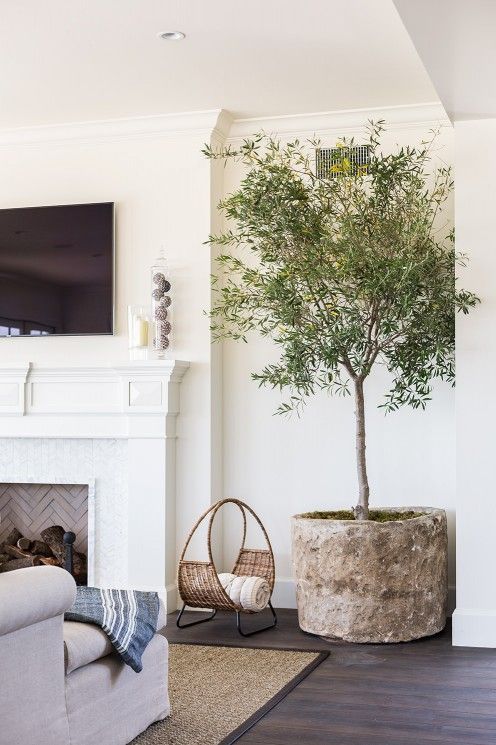Jump into my practical guide to indoor plants. Discover how to select, care for, and create a thriving indoor garden. Boost your indoor aesthetics while enjoying nature's air purifiers. Green thumb or not, this guide is for you.
Disclaimer: this post may contain affiliate links, and every purchase made through these links will give me a small commission (at absolutely no extra cost for you!) AS AN AMAZON ASSOCIATE AND REWARDSTYLE MEMBER, I EARN FROM QUALIFYING PURCHASES. See Privacy Policy for additional info.
Indoors, where the sun seldom ventures, life finds a way in the lush, green leaves of indoor plants. These silent companions do more than just beautify our spaces; they breathe life into our homes, purify the air, and enhance our well-being. In this guide, we'll explore the world of indoor plants, offering tips to help your green friends thrive and transform your living space into a verdant sanctuary.
Choosing The Right Indoor Plants
The journey to a thriving indoor garden begins with selecting the right plants. Not all plants are suited for indoor life; some require more sunlight, humidity, or care than others. Consider the following when selecting your indoor plants:
- Light Requirements: Assess the light conditions in your home. Do you have south-facing windows or do your spaces get mostly indirect light? Choose plants that will thrive in your light conditions, such as snake plants for darker corners or succulents for sunny windowsills.
- Care Level: Be realistic about the time and effort you can dedicate. If you’re a beginner or often away, opt for low-maintenance plants like ZZ plants or pothos. Read: How to Keep Your Indoor Plants Alive
- Size and Growth: Pay attention to the mature size of plants. Some, like the fiddle leaf fig, can grow quite large, while others remain small, making them perfect for compact spaces.
Essential Care Tips
With the right plants in hand, the next step is understanding the essentials of care. Here are some key tips to keep your indoor garden thriving:
Water Wisely
Overwatering is the leading cause of indoor plant demise. To avoid this, only water your plants when the top inch of soil is dry. This simple finger test can save many a plant from waterlogged roots. Remember, the need for water varies with the season, plant type, and home environment.
Let There Be Light
Plants need light to photosynthesize and thrive. Place your plants near windows or in well-lit areas according to their light needs. For darker corners, consider grow lights as an artificial supplement.
Humidity & Temperature
Most indoor plants prefer a certain level of humidity, often more than our homes naturally provide. Increasing humidity can be as simple as placing a humidifier nearby, grouping plants together, or keeping them in a naturally humid room like the bathroom. Also, try to keep a stable temperature, avoiding drafty spots or direct contact with heating and cooling sources.
Nourish with Nutrients
Just like us, plants need food to grow. Use a balanced liquid fertilizer during the growing season (spring and summer) to provide essential nutrients. Be cautious in the dormant season (fall and winter); most plants will require little to no fertilizer.
Repotting and Pruning
Growth is a sign of health, and with growth, some plants will eventually outgrow their pots. Repotting every couple of years helps provide fresh soil and more room for roots to expand. Additionally, regular pruning helps to remove dead or dying leaves and promotes fuller, bushier growth.
Common Indoor Plants To Start With
Here are a few beginner-friendly indoor plants to kickstart your indoor garden:
- Snake Plant (Sansevieria): Thrives on neglect, tolerates low light, and irregular watering.
- Spider Plant (Chlorophytum comosum): Easy to grow and propagate, loves indirect sunlight, and occasional watering.
- Peace Lily (Spathiphyllum): Blooms in low light, loves high humidity, and signals when thirsty by drooping.
To Summarize
Indoor plants add vitality, color, and a breath of fresh air to our living spaces. By choosing the right plants and providing proper care, you can transform your home into a thriving indoor garden. Remember, every plant has its own needs, and part of the joy of indoor gardening is learning and growing alongside your leafy friends. Happy gardening!
Until next time,













Leave a Reply